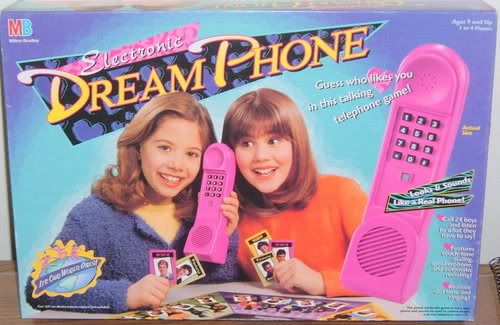As a young adult and tracing back to my childhood, I’ve been interested in comic books and graphic stories. Obviously my tastes have changed over time and the medium has experienced tremendous changes throughout the last 60 years or so. For blog 4, I have decided that I will provide some brief observations about both genders within the confines of this form of printed media. My focus will be on American made comics for this post.
Much like the “Tough Guise” notes on the bicep size of GI Joe, comics have had hyper masculinity isssues in the past. This is actually on a declining trend as the audience grows older and more and more fans want the stories of substance that have been provided recently as opposed to the late 80’s and 90’s explosion of steroid ridden super-soldiers. An example of this would be the Captain America of the 70’s compared to his 90’s counterparts. While the art styles varied over the years do to the artists working on any given product, you can still see the influence of the times in nearly any writers works.
Provided:
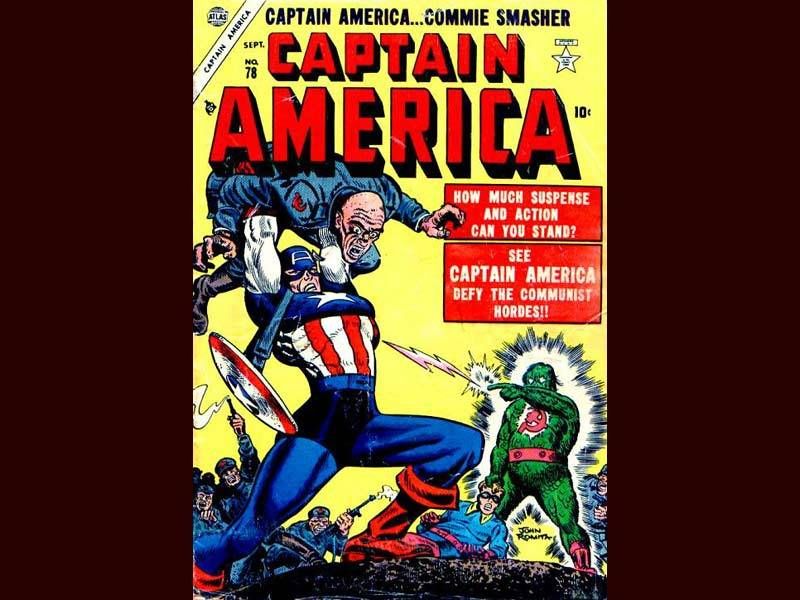
Captain America around the late 70’s. Note that he is athletic and muscular, but still within the realm of what is possible, even if slightly exaggerated.
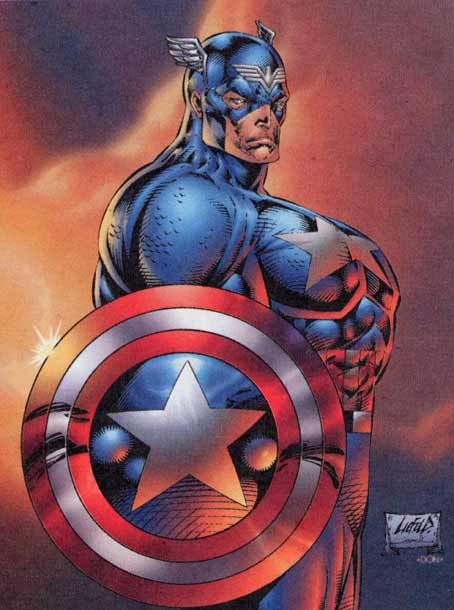
Captain America in the 80’s-90’s. This is a good example of the muscle heavy popular culture of the 80’s and 90’s. When action stars and pro-wrestling were really hitting their stride. It is reflective of the culture at large and what they deem as wanting from a superhuman. Look at how exaggerated and over-sized the muscles and sizes are.
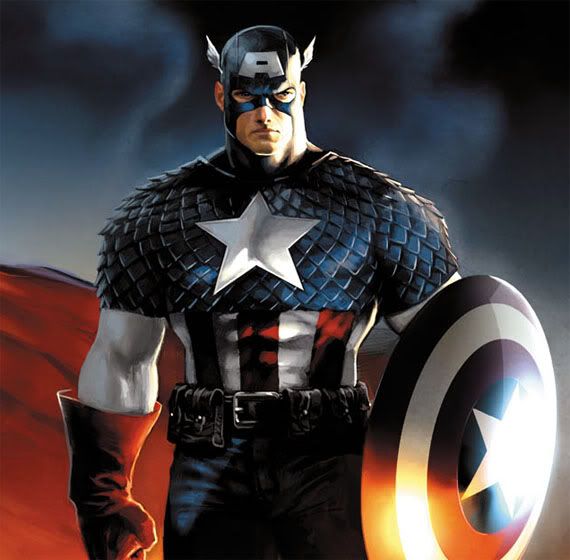
A much more recent, 2000’s era Captain America. Note how he is muscular, but he isn’t all veins and abs. He is defined, but also looks bulkier. I feel this is in comparison to the much more realistic proportions of todays mixed martial arts and the downward appeal of the ultra-macho steroid fueled Schwarzenegger wannabe.
———————–
Women are also portrayed as reflections of popular culture in comics as well, I’m focusing on superhero comics here, so the inclusion of such things are Archies and romantic comedies are for another time. This means that women were originally depicted as week, meek, and subservient, with only the occasional depiction of a strong, resilient and heroic women until the creation and popularity of such hits as Wonder Woman came into being.
An interesting note is that Ms. Marvel was an attempt to help become appealing to the feminist movement through the inclusion of the Ms. in her name, supposedly meant to show that she is tied to no man and the tag line “This female fights back”. Obviously, this kind of shortsighted focus is an ideal example of the kind of struggles men writing and illustrating in a primarily male field had with relating to women and their social struggles.
Women were, and still are, constantly over-exaggerated and over-sexualized. This grew from the dresses and detail-less spandex suits similar to the style batman originally wore to the incredibly detailed style presented in modern media. While the comics have grown in style and detail in general as time progresses, it also correlates to the disbanding of rules claiming that people in mainstream comics should avoid sexualization and remain as “wholesome” as possible. So, it is my belief that growing acceptance of “riskier” looks, disregard for the comic code authority, and the enhancement of the art of the genre in general have caused the changes in the animation style of women.
Again, like the male depiction of heroes, they go through phases depending on what is popular at the time. The silver age (60’s and 70’s) saw someone like Catwoman in a dress, the 80’s and 90’s had larger breasts and an impossible hourglass shape, which coincides with the timeframe that Baywatch and Pamela Anderson were incredibly popular and the genetically modified porn star look was all the rage. Now, in the 2000’s, the outfits are more detailed, the stories are sexier and the restriction less imposing, but we see a movement towards leaner, lithe, and agile women who dress in costumes better suited to their stories. They look at the peak of fantasy styled health, but don’t fall into as much as a copy and paste mold as their predecessors.
Here are 3 examples from 3 different generations of Cat-woman.
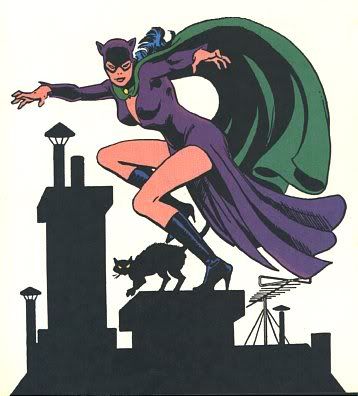
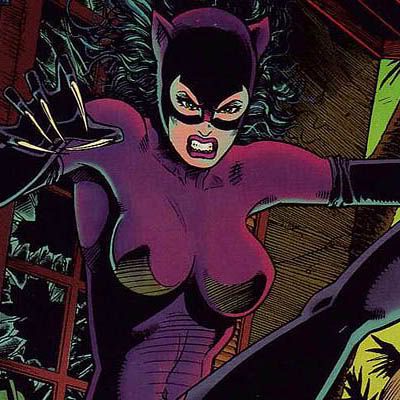
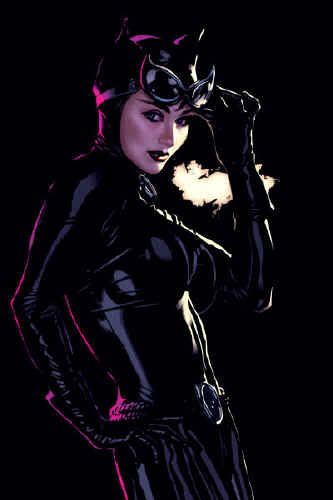
—————————-
Women and men in comics are both meant to be in line with the superhuman and godlike visages of the ancient cultures. Compare statues of the overly muscular Greek gods to some of these, primarily older, character and you can see similar design traits. Even the spandex and bodysuits in my opinion help exagerate their superhuman and impossibly defined physiques in place of nudity. Men are large, muscular and powerful. Women are slender, defined, and meant to be modern day Athena’s. However, this trend of godliness is slowly giving way to a more modern, down to earth, and broad appeal. Comics are trying less and less to appeal solely to females with tacked on feminism, romance subplots, and social issues while men are becoming less ripped and more average and the stories for both genders are shifting to darker reflections of our modern society. While the individual artists can take liberties, It looks like superheroes of both genders start as stereotypes, grow into over-exaggeration, and then slim back down to the ebb of the times.
